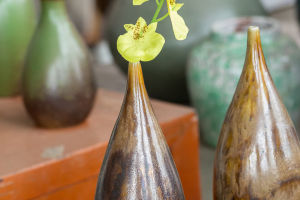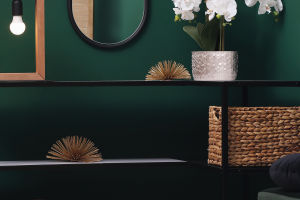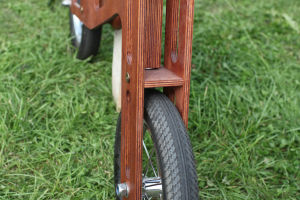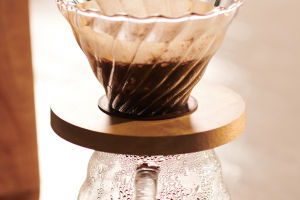
Tea Brewing Techniques

Tea is a beverage with a rich history, offering a wide array of types and varieties, each boasting its unique flavors and brewing techniques. In this comprehensive guide, we will delve into various tea brewing methods, equipping you with the knowledge to craft a delectable tea experience.
Remember that each type of tea demands specific water temperatures, brewing times, and tea-to-water ratios, so it's crucial to follow the instructions for each tea meticulously.
Black Tea
Black tea, having undergone full fermentation, requires a delicate approach when it comes to water temperature. Ideally, the water temperature should range between 85-90°C. Opt for pure or mountain spring water to enhance the tea's flavor.
Related
 The lifeguard tower on the beach is an iconic structure that ensures the safety of beachgoers.
The lifeguard tower on the beach is an iconic structure that ensures the safety of beachgoers.
 Keeping your vases immaculate.
Keeping your vases immaculate.
 Camel quilts for ultimate comfort.
Camel quilts for ultimate comfort.
 Optimal bathroom mirror height and cabinet sizes for style and safety.
Optimal bathroom mirror height and cabinet sizes for style and safety.
 Creating fun adventures with wooden children's bikes.
Creating fun adventures with wooden children's bikes.
 Indulge in the timeless ritual of hand-brewed coffee, where craftsmanship meets caffeine.
Indulge in the timeless ritual of hand-brewed coffee, where craftsmanship meets caffeine.
Using a tureen or a purple clay pot is recommended for black tea brewing. The tureen elevates the tea's original essence, facilitating a richer aroma, though it doesn't retain heat as efficiently as a purple clay pot.
Green Tea
When preparing green tea, preserving its delightful taste and fresh appearance is paramount, and nothing threatens these qualities more than excessive heat.
High temperatures can break down essential components like vitamin C and polyphenols, diminishing freshness and causing the tea's color to darken. Use a glass cup for brewing green tea to observe its transformation.
Slowly steep the tea leaves with water at 80-90°C, allowing them to unfurl naturally and release their unique properties. Avoid the harshness of boiling water, as it can compromise the tea's exquisite qualities.
Dark Tea
Dark tea is renowned not only for its exceptional health benefits but also for its sleep-friendly attributes, making it an ideal choice for evening consumption.
When brewing dark tea for the first time, employ a quick 10 to 20-second rinse. Begin by placing the tea leaves in the cup, pouring in boiling water, and swiftly discarding the water.

Then, refill the cup with boiling water and cover it. This process not only removes impurities from the tea leaves but also enhances the aroma of the brewed tea. Subsequent brewing usually takes 2 to 3 minutes.
Dark tea is best prepared using specialized tea sets such as purple clay pots and tureen cups, and the tea-to-water ratio is generally double that of green tea.
White Tea
White tea, celebrated for its delicate flavor and fragrance, calls for cooler water temperatures, typically around 70-80°C, to retain its inherent subtleties. Utilize a transparent glass or white porcelain cup to appreciate the tea's pale hue and the gradual unfurling of the leaves during infusion.
Oolong Tea
Oolong tea, a bridge between green and black tea, offers a diverse range of flavors and aromas. When brewing oolong tea, the water temperature can vary between 85-90°C, with slight variations depending on the specific oolong variety.
Common vessels for oolong brewing include purple clay pots, glass cups, or porcelain pots. Adjust the amount of tea leaves and brewing time according to your personal taste preferences.
Scented Tea
Scented tea is a unique blend of flowers and tea leaves, creating a distinctive aroma and flavor profile. When preparing scented tea, opt for a lower water temperature, typically around 80-85°C, to prevent excessive bitterness.
Scented tea is best enjoyed using a glass cup or a transparent teapot, allowing you to relish the visual spectacle of flowers blossoming in the water.